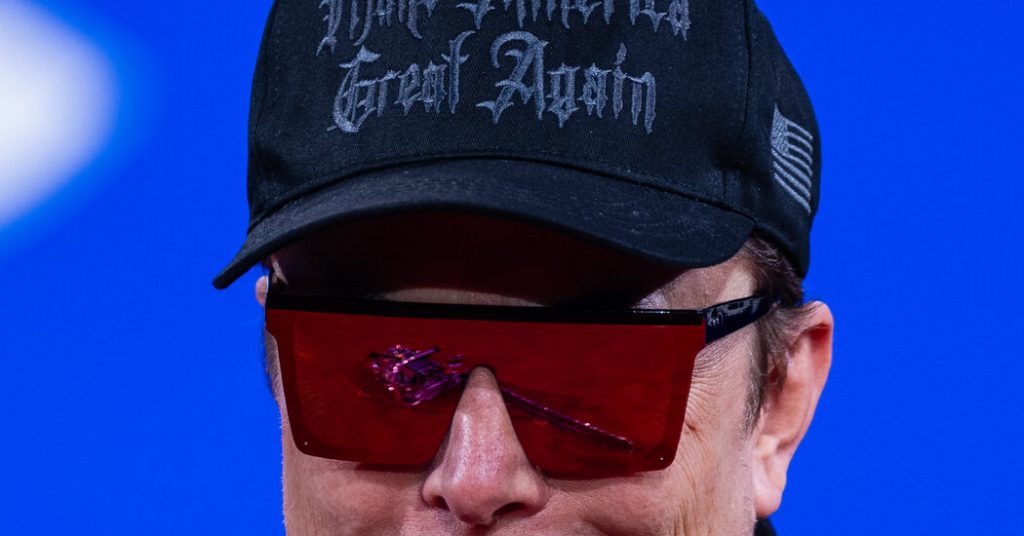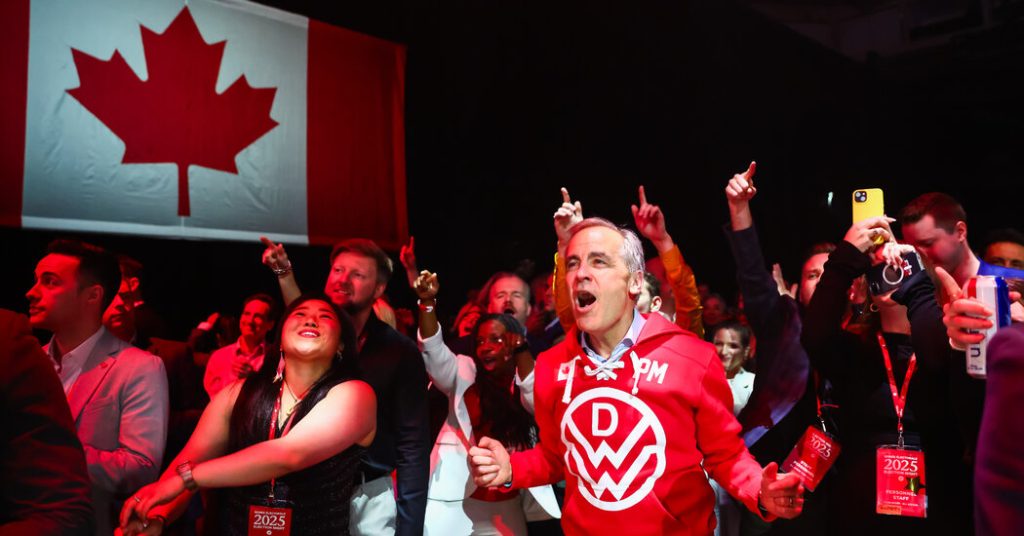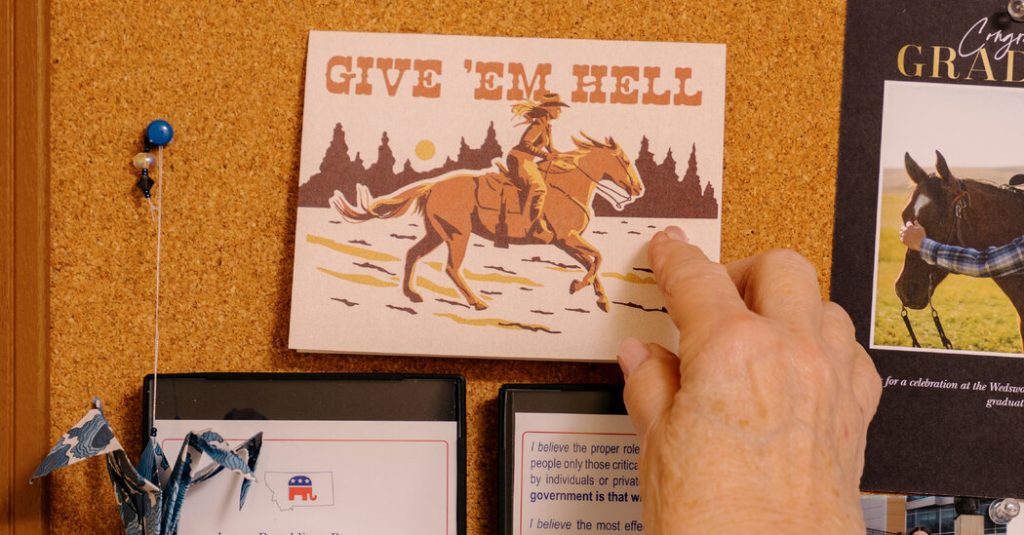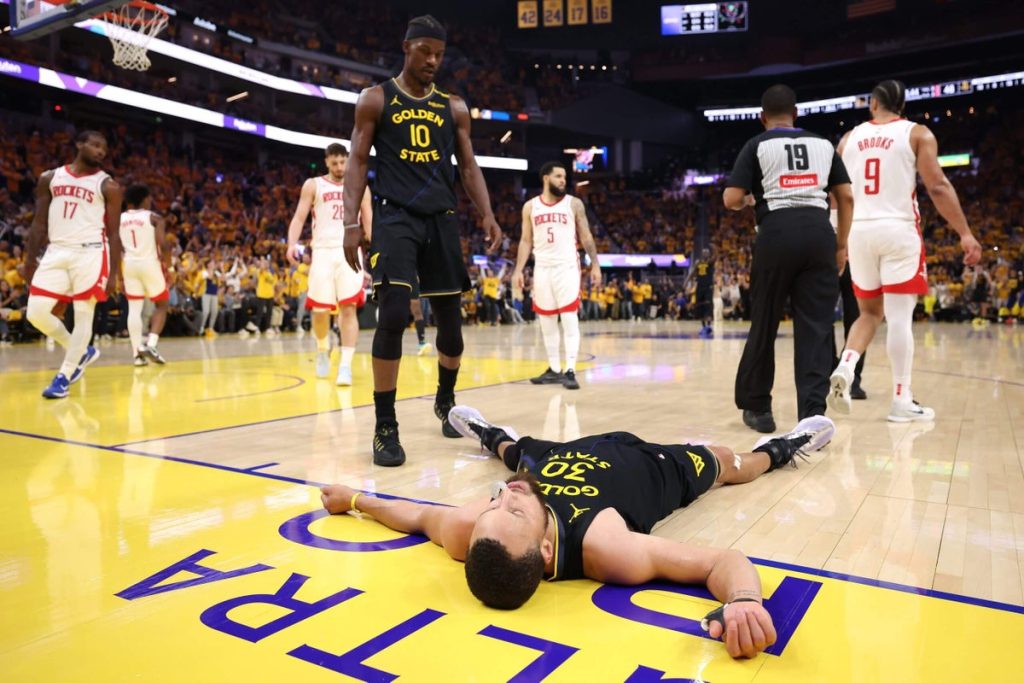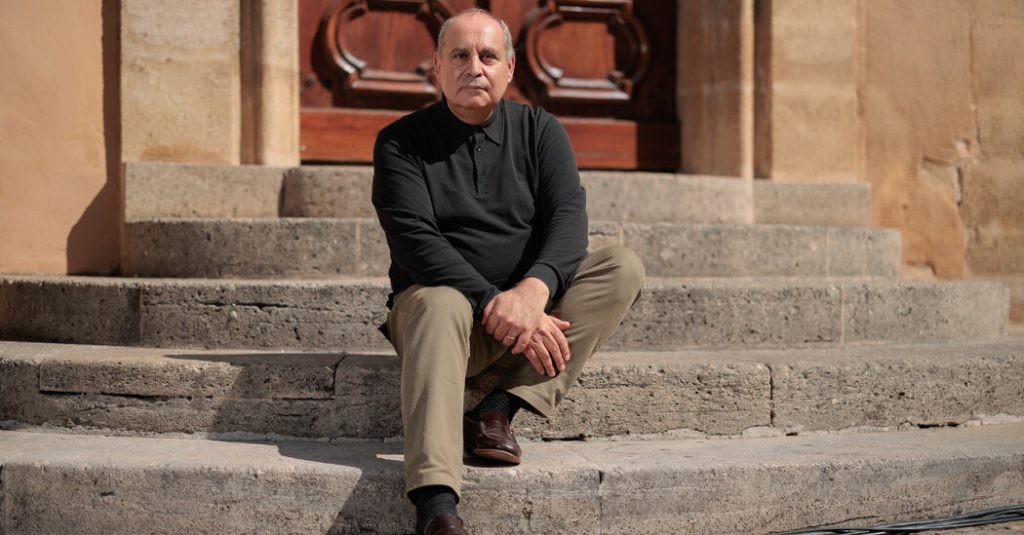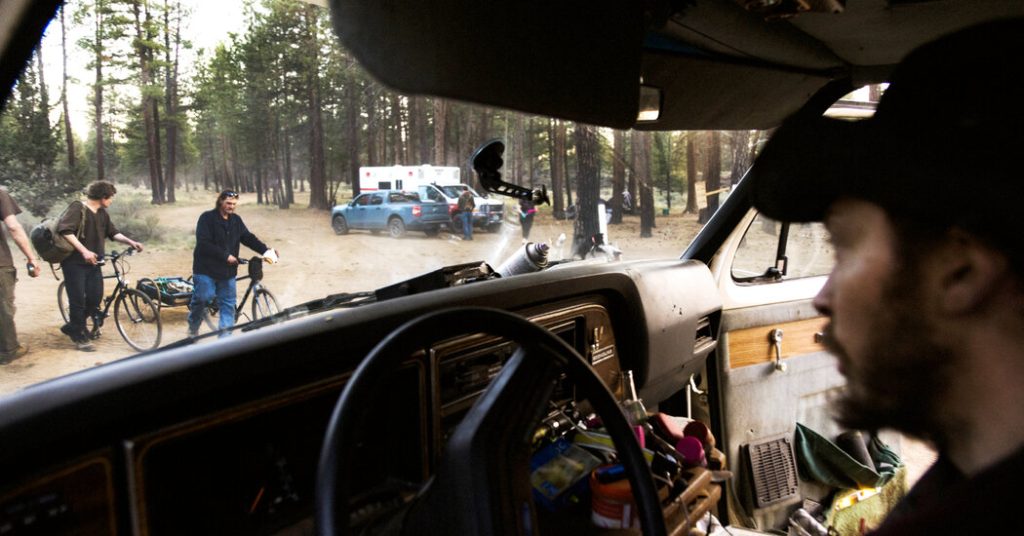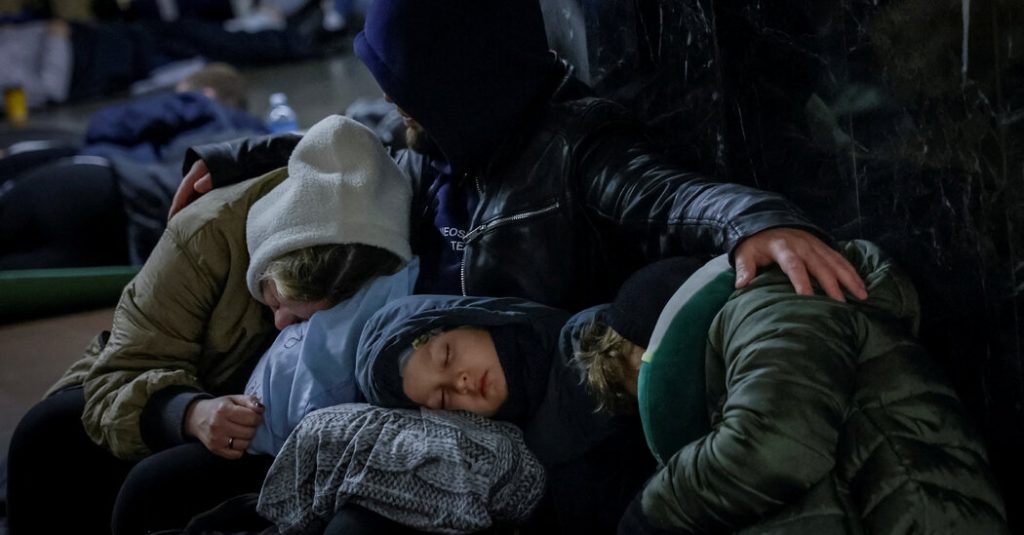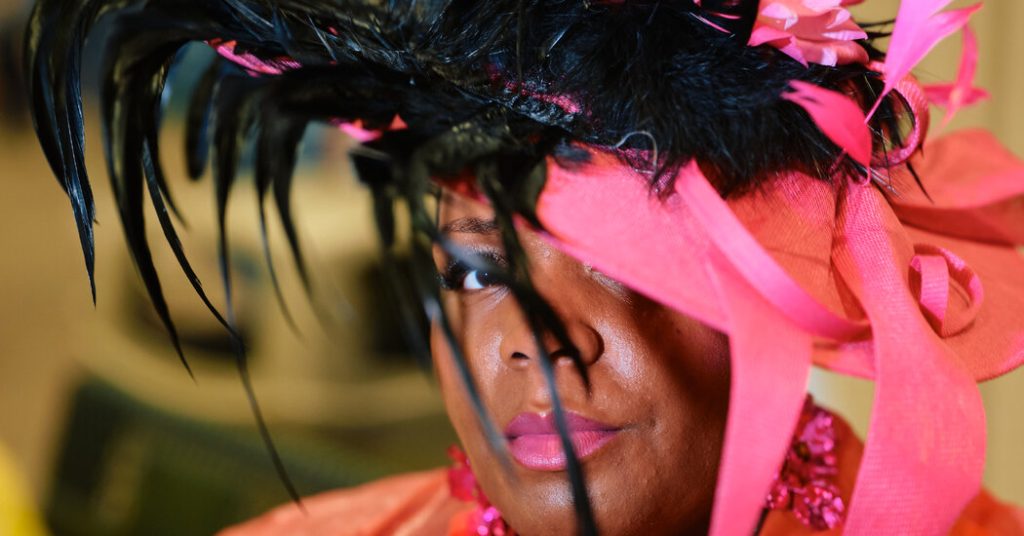One month into his chaotic tenure as a special government employee and a right-hand man to President Trump, Elon Musk basked in the cheers of an adoring public at CPAC.
The episode is best known for the chain saw he wielded onstage, a gift from President Javier Milei of Argentina. But Musk did something else just as outlandish and revealing that day.
He accessorized himself with a leather jacket, square glasses and a gold chain, echoing his get-up in an A.I.-generated image that had rocketed around social media last year. To make sure nobody missed the point, he uttered a phrase inspired by a J. Robert Oppenheimer quotation beloved on the internet: “I am become meme.”
Musk has described* memes as an advanced form of communication, a way of speeding up comprehension by compressing ideas into images that can be understood faster than words.
For the Trump administration, that’s exactly what he was.
Since Jan. 20, Musk has served as convenient shorthand for Trump’s war on federal bloat and bureaucracy. Here was a cartoon villain or a folk hero, depending on your point of view, whose every appearance generated images that told a clear story about government upended by a group of young techno-solutionists. There he was in the Oval Office, wearing an overcoat and a child. There he was lecturing the Senate-confirmed cabinet at its first meeting. There he was seated beside Trump in a Tesla on the White House driveway.
For the White House, this was useful, even as those images sailed into Democratic campaign ads. They diverted negative attention that might otherwise have been directed at the president or at someone like Russell Vought, an architect of the administration’s more systematic attempts to strip down spending. And every Musk-goes-to-Washington meme was evidence of the president making good on his promise to break the system and govern as no one had before. Who cared that the receipts didn’t add up when the images told the story?
